If you’re considering installing an above-ground pool in your backyard, one question that may arise is whether you need a tarp or ground cover underneath it.
A tarp or ground cover underneath an above-ground pool can provide several benefits. Firstly, it helps to protect the pool liner from potential damage caused by rocks, sticks, or other sharp objects on the ground.
Additionally, it acts as a barrier that prevents weeds and grass from growing up through the pool’s bottom, ensuring a cleaner and more enjoyable swimming experience. This is a common concern for pool owners, as they want to ensure the durability and longevity of their investment.
In this blog post, we will explore the advantages and disadvantages, as well as some above-ground pool leveling hacks of using a tarp in the pool, to help you make an informed decision.
Advantages of Using a Tarp
One advantage of using a tarp under an above-ground pool is that it provides an extra layer of protection against punctures and tears. This is especially beneficial if the pool is placed on a rough or uneven surface.
1. Protection against Ground Debris
One of the main reasons why people use a tarp under their above-ground pool is to protect against ground debris. A tarp is a barrier that prevents rocks, roots, and other sharp objects from puncturing or damaging the pool liner. This extra layer of protection can significantly extend the lifespan of your pool.
2. Weed and Grass Prevention
Another advantage of using a tarp is that it helps prevent weeds and grass from growing under the pool. When the tarp is installed properly, it creates a barrier that inhibits the growth of unwanted vegetation. This not only makes maintenance easier but also prevents potential damage caused by the roots of weeds or grass.
3. Enhanced Stability and Comfort
Placing a tarp underneath the pool can create a more stable and comfortable surface. It can help to level out any minor irregularities in the ground, providing a smoother and more even base for the pool. This can be particularly beneficial if your backyard has uneven terrain or if you’re installing the pool on a concrete deck.
4. Easier Pool Disassembly and Relocation
If you decide to disassemble or relocate your above-ground pool in the future, having a tarp underneath can make the process easier and more efficient. The tarp acts as a protective layer, keeping the pool clean and minimizing the accumulation of dirt or debris during the disassembly process.
Disadvantages of Using a Tarp
However, there are also some disadvantages to using a tarp underneath your above-ground pool. One potential downside is that the tarp may not provide enough cushioning or support, which could lead to unevenness or sagging in the pool.
1. Possible Liner Damage
While a tarp can protect against ground debris, it is essential to choose the right type of tarp to avoid potential damage to the pool liner. Some types of tarps, particularly those with sharp edges or made of abrasive material, can cause friction against the liner, resulting in wear and tear over time. It is important to select a tarp specifically designed for pool use, with a smooth and non-abrasive surface.
2. Trapped Moisture and Mold Growth
Using a tarp under an above-ground pool can sometimes create a moisture trap. If water gets trapped between the tarp and the pool, it can lead to the growth of mold or mildew, which can be difficult to remove and may cause further damage to the pool. To prevent this, it is essential to regularly inspect and maintain the area between the tarp and the pool, ensuring proper drainage and ventilation.
3. Potential for Punctures
While a tarp can provide protection against ground debris, it may not be entirely puncture-proof. Sharp objects, such as rocks or branches, can still potentially puncture the tarp and reach the pool liner. Regular inspection and maintenance are necessary to address any potential issues and minimize the risk of punctures.
Alternative Options to Using Tarp
If you decide that using a tarp is not the best option for your above-ground pool, there are alternative options to consider:
1. Pool Pads or Foam Floorings
Pool pads or foam floorings are specifically designed to create a soft and protective surface for above-ground pools. They provide cushioning and insulation while also protecting against ground debris. These pads are typically made of durable materials that are resistant to punctures and mold growth.
2. Sand or Concrete Base
Another option is to create a sand or concrete base for your pool. When properly installed, a sand base can provide stability and protection against ground debris. A concrete base offers a more permanent solution and can create a level surface for your pool. However, it is essential to ensure proper drainage to prevent water accumulation.
Conclusion
Whether or not you need a tarp under your above-ground pool ultimately depends on your specific circumstances and preferences. While a tarp can offer advantages such as protection against ground debris and weed prevention, it is crucial to choose the right type of tarp and regularly inspect for any potential issues.
If you decide not to use a tarp, alternative options like pool pads or a sand/concrete base can provide similar benefits. Ultimately, the goal is to create a stable, comfortable, and durable foundation for your above-ground pool, ensuring years of enjoyment for you and your family.

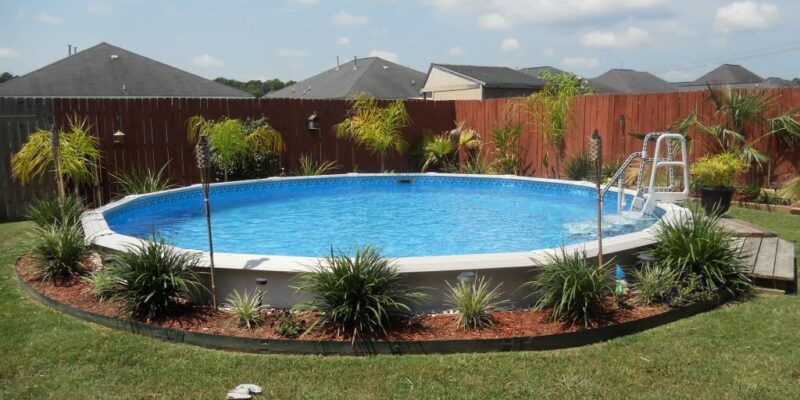
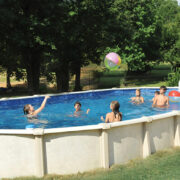
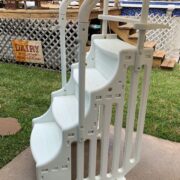
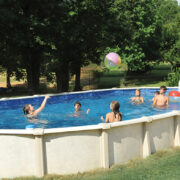
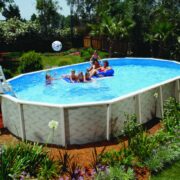

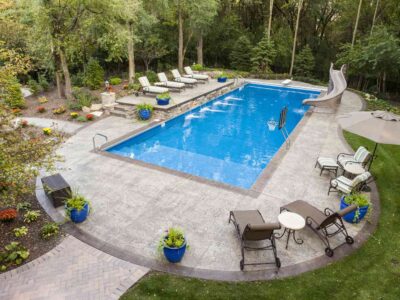
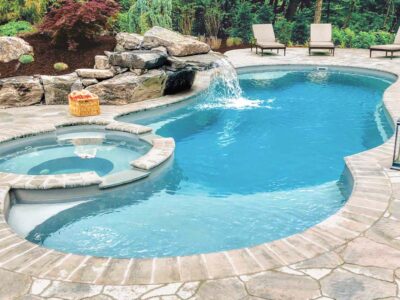
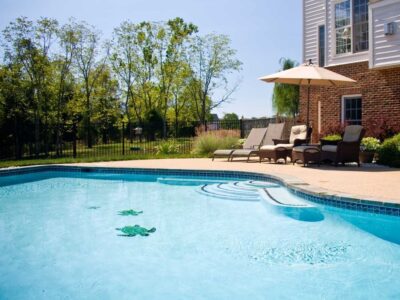
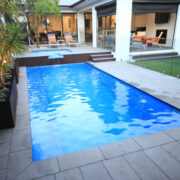
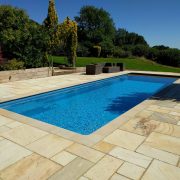
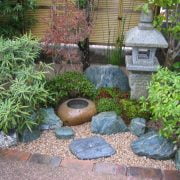
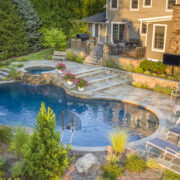
Comments